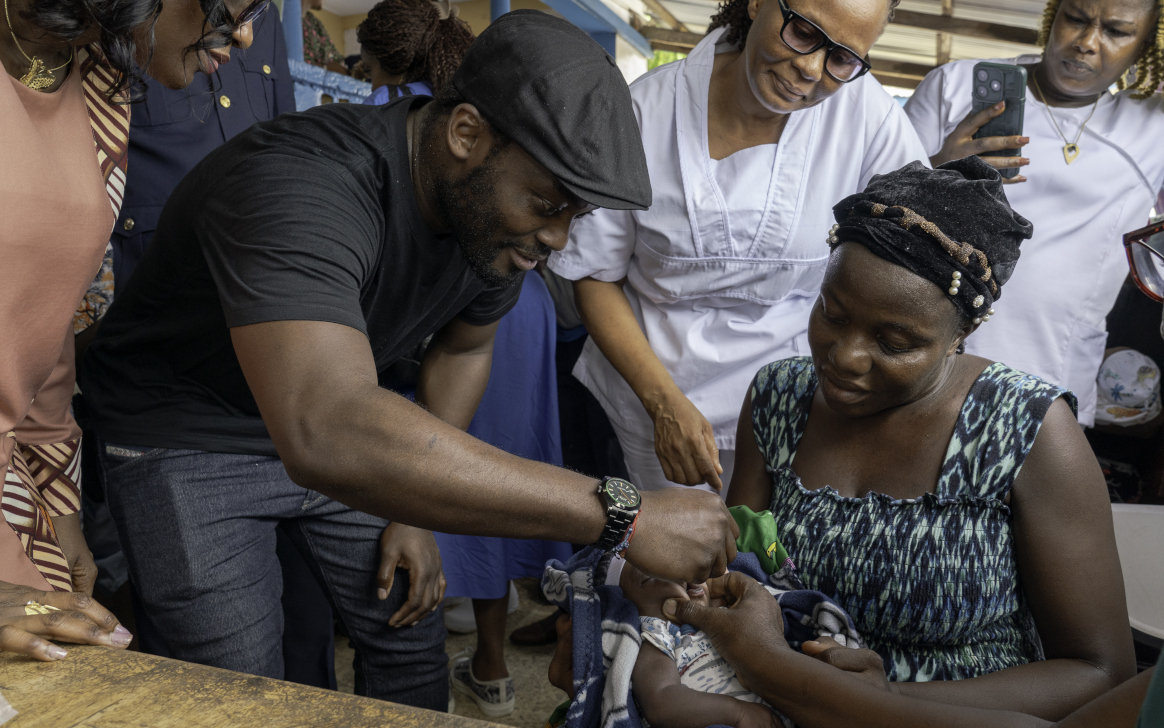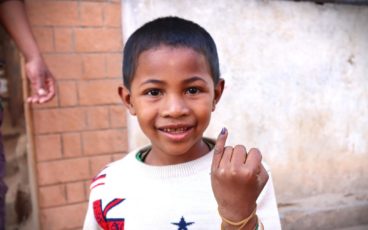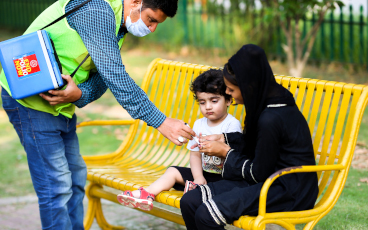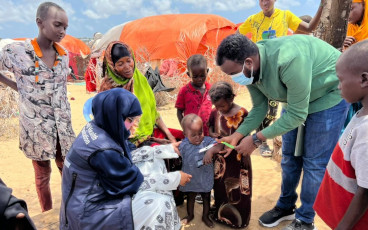The use of solar power in the fight to end Polio
20 November 2023
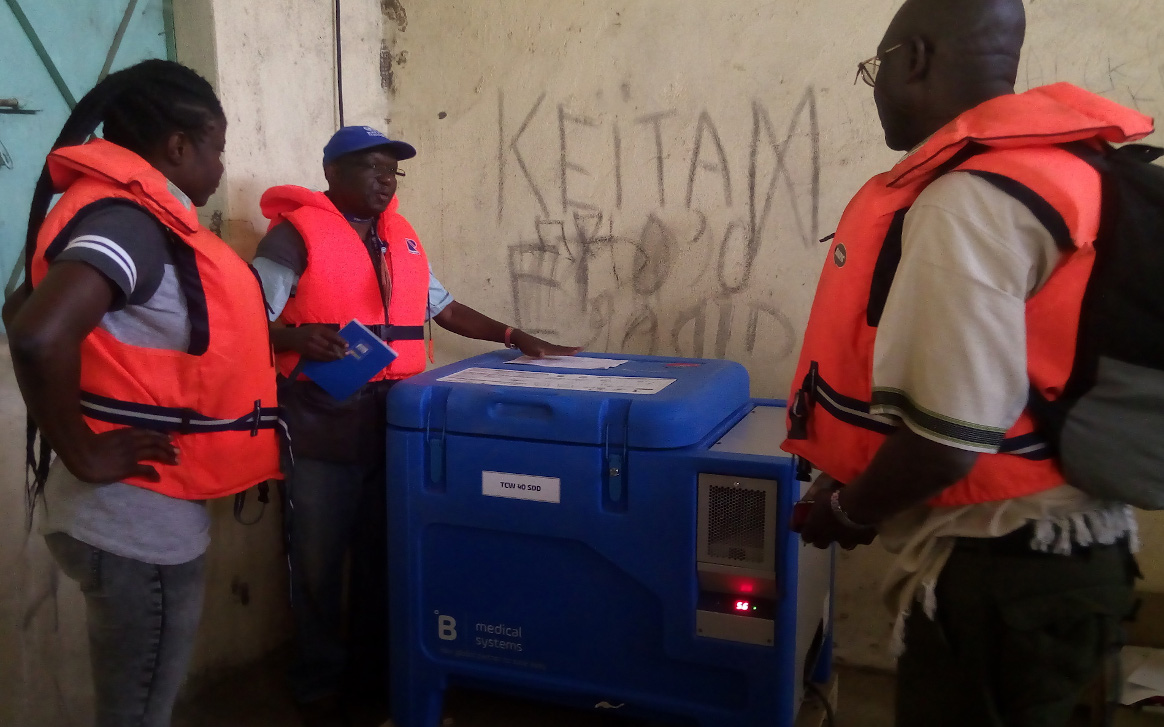
Nearly 1 billion people globally1 are served by health care facilities that do not have regular or consistent power. Unreliable energy disrupts routine and emergency care—from running diagnostic tests to ensuring vaccines stay cold. As heatwaves, floods, and other extreme weather events become more common, energy disruptions are expected to increase due to events like power outages and heat stress on existing infrastructure. To address these challenges in the last mile of polio eradication and reduce its carbon footprint, the GPEI and partners have turned to solar power, a more affordable, reliable and climate-resilient energy source to power polio vaccination and surveillance activities.
Solar powered vaccine refrigerators
For decades,2 refrigerators powered by fossil fuels like kerosene or petrol were essential to maintaining vaccines at just the right temperature. Yet, these refrigerators emitted greenhouse gases (GHGs), were relatively expensive to operate and were vulnerable to disruptions in the national energy supply. Now, the GPEI and its partners significantly rely on solar power, specifically, Solar Direct Drive (SDD) vaccine refrigerators.3 SDD refrigerators can run for days without power if needed, not only making them more dependable, but also extending the programme’s reach in some of the most difficult yet critical areas to end polio.
In the Democratic Republic of the Congo,4 a country the size of Western Europe with difficult terrain and longstanding security challenges, millions of children have missed out on polio and other life-saving vaccines in part because vaccines could not be kept cold on the trip to reach them. In 2016, just 16% of health centres in the country had a working refrigerator. Between 2018 and 2021, Gavi and its partners helped address this gap by delivering over 5,500 new solar-powered fridges across the country.
On the remote islands of Lake Chad,5 the introduction of solar powered refrigerators means that parents and health workers can simply go to the community center on the island, rather than travelling long distances by boat to receive or administer polio vaccines. Meanwhile, in Somalia, a country that experiences frequent interruptions in power supply, all vaccine refrigerators from the regional storage points down to the community-level administration are now powered by SDD refrigerators.
Solar powered surveillance
During surveillance, stool and environmental samples travel through the vaccine cold chain in reverse – from the field site or clinic to the regional and global laboratories for testing. In January 2021, an insurgency in Borno state, Nigeria, showed the world just how vital reliable, climate-resilient energy for surveillance is. The insurgency resulted in over ten months of power outages, including at the University of Maiduguri Teaching Hospital, which houses one of only two national polio laboratories in Nigeria. This meant that samples from the 10 most vulnerable states for polio transmission in northern Nigeria couldn’t be tested.
To help the lab get back on track as quickly as possible and prevent future power issues, the World Health Organization6 provided 48 solar panels. As a result, throughout most of 2021, more than 10,000 stool samples of children with acute flaccid paralysis (AFP) and more than 500 environmental samples were analyzed by the laboratory, an essential step to finding and stopping the virus.
In the face of the climate crisis and its many knock-on effects, including extreme weather events and even more persistent conflicts, health programmes like the GPEI must continue to integrate renewable energy at every turn. From refrigerators to powering entire laboratories, solar power technology has become a key energy source to help reduce the GPEI’s GHG emissions and ensure a polio-free future.




